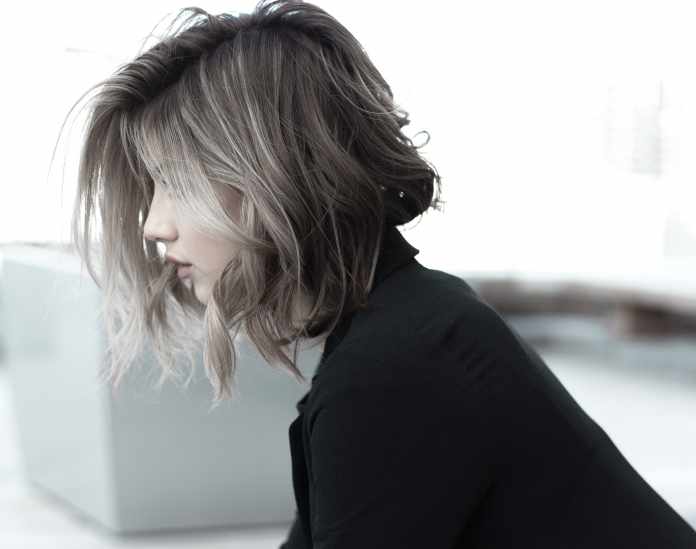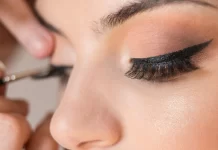The biggest question in today’s era is How To Prevent Hair Damage? Many people use styling products on their hair. This includes the use of heat, which, unfortunately, can significantly damage hair follicles and counteract the whole purpose of styling. This post will discuss the ways in which heat can damage your hair, as well as how to protect yourself from that damage.
We will include an introduction to using heat protectant for hair so that you can learn to use heat responsibly when styling. What you will learn is that you may have been unwittingly scalding your hair follicles for decades.
Straighteners and curling irons are extremely common in households and many people – both men and women – have used them for decades. But most people don’t know that you have to be very careful with these devices. They typically heat up your hair to between 95 and 170 degrees celsius.
And here’s the catch: once your hair’s temperature goes north of 130 degrees celsius, you are risking major hair damage.
Table of Contents
Here’s how heat damage affects hair
Within a matter of seconds, overheated hair sustains surface damage, including frayed cuticles and hair that is left completely unprotected.
There is structural damage to the hair, including the destruction of natural protectants like lipids and keratin proteins, which has the effect of causing denaturing, reduction in helical conformation (which gives hair its strength and elasticity), weakened follicles, and overall drying.
The damage continues after the original heat damage because the hair, which is now weak and dry, will more easily shed during grooming. Take a look at your comb or brush. Does it look like it was used to groom a wild animal?
If you style or dry your hair with heat and you’re experiencing excessive hair shedding, split ends, porous hair, dryness, tangles, and loss of curls, shine, luster, and elasticity, there’s a fairly good chance the heat is responsible for damaging the integrity of your hair.
If you think your hair are at a point that they are not fixable using basic home remedies, Salon Nine 28 offers some excellent hair reconstructing treatments which can solve your hair woes.
One of the first major signs of heat damage is if you notice that the texture of your hair shaft is changing.
According to educator Sara Caroline, “The first major sign of heat damage is frayed hair. If the hair is damaged due to heat, it will feel singed and appear extremely split.”
The good news is: there are steps you can take to change this situation and you don’t even have to give up heat styling, though you will need to change some of your habits.
What you need is….
Heat protectant spray
Heat protectants work by essentially creating a safe buffer between heat and your hair. The spray or cream coats the hair with ingredients that work to change the way the heat is conducted and distributed, ultimately causing the hair to gradually heat up.
Studies have shown that PVP/DMAPA acrylates copolymer, quaternium-70, and hydrolyzed wheat protein combine to create a layer of thermal protection. Additionally, silicones help stabilize the rising temperature and prevent moisture loss.
Even though heat protectant products offer crucial protection, you still need to use them with care. For instance, you can’t just apply it and then stand there burning your hair off with a curling iron for an hour. You must make sure to evenly distribute the product so that the follicles are totally covered from roots to ends. Then wait until the hair is dry or mostly dry before applying the heat.
It’s easy for people to forget about or not consider hair damage because unlike our skin and other body parts, hair doesn’t have nerves. So we don’t feel pain when overheating our hair. But that doesn’t mean severe damage isn’t happening and, given enough time, you can totally change the texture of your hair through careless heat styling.
Final Note
It’s important to note that heat protectants don’t completely eliminate heat damage. Studies show that they offer about 50% protection at best, so it’s still incumbent upon you to modulate the amount of heat you’re using and make sure you limit the time duration of exposure.
In other words, use less heat on your hair. Additionally, keep in mind that other factors, like air pollution and the sun’s UV rays, also impact the health of your hair.



















